
Mining Sector to Prosper Post-Sanctions
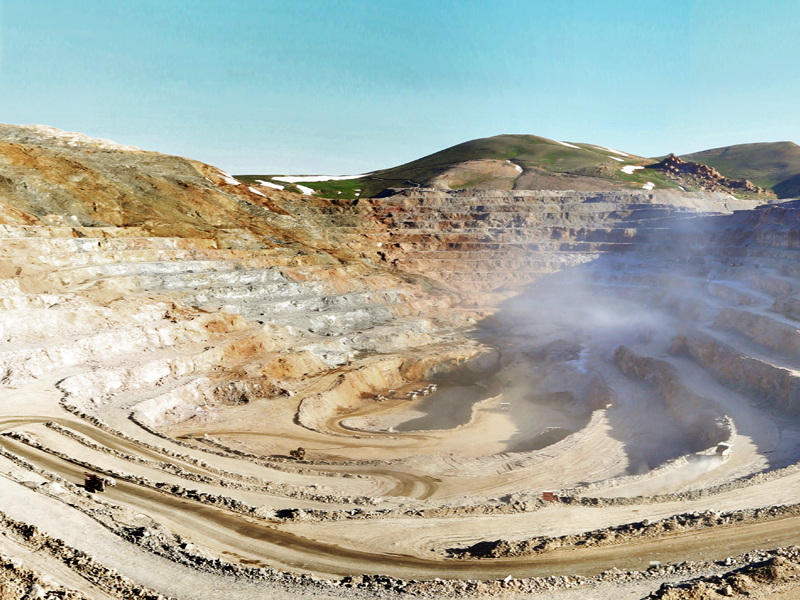
Iran-based business Services Company Iran Europe Industrial & Trading Group marketing and sales senior manager Hooman Khajehnasiri tells Mining Weekly that since the agreement was reached, many mining company executives have been visiting Iran to find out about opportunities in the country.
He predicts that there will be a significant increase in the number of mining projects that Europe- and even North America-based companies undertake in Iran in the coming months, particularly owing to the ability of these companies to raise finance for such projects.
The lifting of sanctions will also enable companies to import mining and mineral processing technologies, as well as general equipment, with less administrative and legal challenges, which will help improve the productivity of mining operations, he adds.
Research firm Business Monitor International commodities analyst Mitchell Hugers says BMI has a positive outlook for Iran’s mining sector, as the country hosts more than 68 minerals, including deposits in coal, iron ore, copper, lead, zinc, chromium, uranium and gold, with more than 37 billion tons of proven reserves and 57 billion tons of potential reserves.
According to the US Geological Survey, Iran holds the world’s largest zinc, the ninth-largest copper, the 12th-largest iron ore and the 10th-largest uranium reserves. The USGS also notes that Iran has more than 7% of global mineral reserves.
“The country’s mineral wealth makes it an attractive investment and mining destination for companies,” Khajehnasiri asserts.
Hugers notes that Iran’s mining industry will also benefit from continuing government support, as the government has implemented a 20-Year Vision Plan to attract $2 billion into the mining sector to achieve production targets in the country.
BMI forecasts that the value of Iran’s mining industry will increase from $79.4 billion in 2015 to $95.5 billion by 2019, which represents an average growth of 0.5% year-on-year.
Challenges
Hugers says growth in Iran’s mining sector may be capped because of factors such as bureaucracy.
He adds that the legacy of years of mining underinvestment and industry consolidation will also limit the sector’s growth over the coming years, owing to the low levels of current investment and the aging infrastructure of most mining firms in Iran that can operate only at 50% to 60% capacity.
Hugers also believes that the highly consolidated nature of the Iranian mining industry, consisting primarily of local and state-owned miners, will limit new miners from entering the market.
He points out that the country’s steel production sector is dominated by three large companies, namely Mobarakeh Steel Company (46% market share), Khuzestan Steel Company (23% market share) and Esfahan Steel Company (20% market share).
Khajehnasiri acknowledges that government is heavily involved in the main mineral resources sector, with the majority of the mines being state-owned (70% to 100%), but adds that the government has, over the past two years, attempted to develop the sector through private and foreign investment. This has resulted in several privately owned or public–private joint venture mines opening in Iran.
Beneficiation and Industrialization Push
Khajehnasiri says the Iranian government is focusing on iron ore beneficiation, particularly pelletizing projects through iron ore fines to boost Iran’s downstream steel sector.
“We have several projects underway throughout Iran, with a capacity to produce between 1.2 million tons and 5 million tons of iron ore pellets a year. These projects are critical to ensuring the future of Iran’s local steel manufacturing sector.”
This focus is partly because Iran has traditionally imported iron ore pellets and government wants to create upstream business opportunities for locals and create less reliance on imported iron ore pellets, he adds.
Khajehnasiri notes that iron ore miners in Iran have in the past predominantly exported raw material without undertaking any form of local beneficiation.
“However, since June 2014, government passed a series of laws to significantly increase tariffs on exported, unprocessed iron ore fines by up to 30% to encourage local processing.”
Therefore, miners have, in essence, been forced to beneficiate iron ore fines to create value-added products that can be used mostly in the local steel sector or even exported.
Further, the Iranian government’s 20-Year Vision Plan targets the production of at least 55 million tons of crude steel by 2025.
Iran Industries, Mining and Trade Minister Mohammad Reza Nematzadeh says this goal is “easily achievable” and requires the mining and steel sectors to produce a minimum of 80 million tons of iron ore concentrate and pellets, as well as 58 million tons of direct-reduced iron during this period.


Gold price eases after Trump downplays clash with Fed chair Powell

Copper price hits new record as tariff deadline looms

Brazil producers look to halt pig iron output as US tariff threat crimps demand

Three workers rescued after 60 hours trapped in Canada mine

Gold price could hit $4,000 by year-end, says Fidelity

Chile’s 2025 vote puts mining sector’s future on the line

US targets mine waste to boost local critical minerals supply

Energy Fuels surges to 3-year high as it begins heavy rare earth production

Glencore workers brace for layoffs on looming Mount Isa shutdown
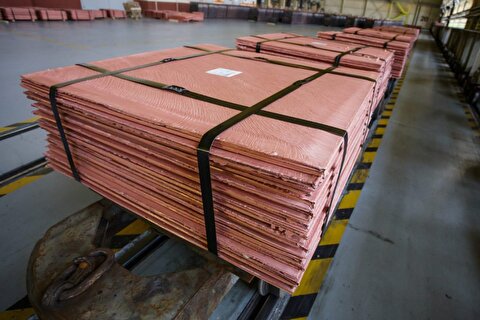
Trump tariff surprise triggers implosion of massive copper trade
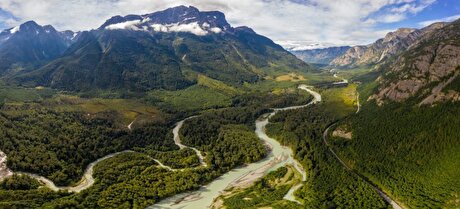
Maxus expands land holdings at Quarry antimony project in British Columbia
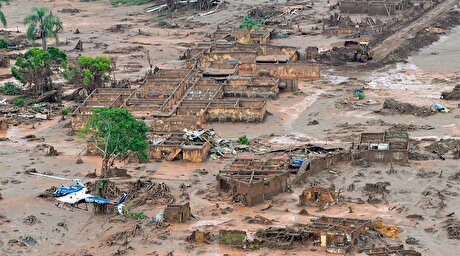
BHP, Vale accused of ‘cheating’ UK law firm out of $1.7 billion in fees
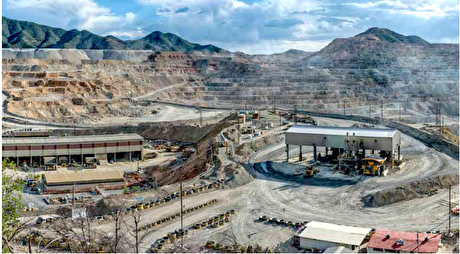
Southern Copper eyes $10.2B Mexico investment pending talks
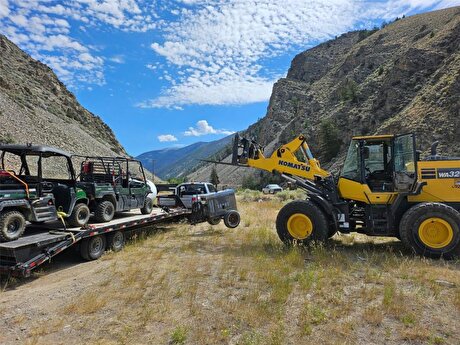
American Tungsten gets site remediation plan approved for Ima mine in Idaho

Kinross divests entire 12% stake in Yukon-focused White Gold

Gold price could hit $4,000 by year-end, says Fidelity

Southern Copper expects turmoil from US-China trade war to hit copper

Ramaco Resources secures five year permit for Brook rare earth mine in Wyoming

Column: EU’s pledge for $250 billion of US energy imports is delusional

Trump tariff surprise triggers implosion of massive copper trade

Maxus expands land holdings at Quarry antimony project in British Columbia

BHP, Vale accused of ‘cheating’ UK law firm out of $1.7 billion in fees

Southern Copper eyes $10.2B Mexico investment pending talks

American Tungsten gets site remediation plan approved for Ima mine in Idaho

Kinross divests entire 12% stake in Yukon-focused White Gold

Gold price could hit $4,000 by year-end, says Fidelity

Southern Copper expects turmoil from US-China trade war to hit copper

Ramaco Resources secures five year permit for Brook rare earth mine in Wyoming














